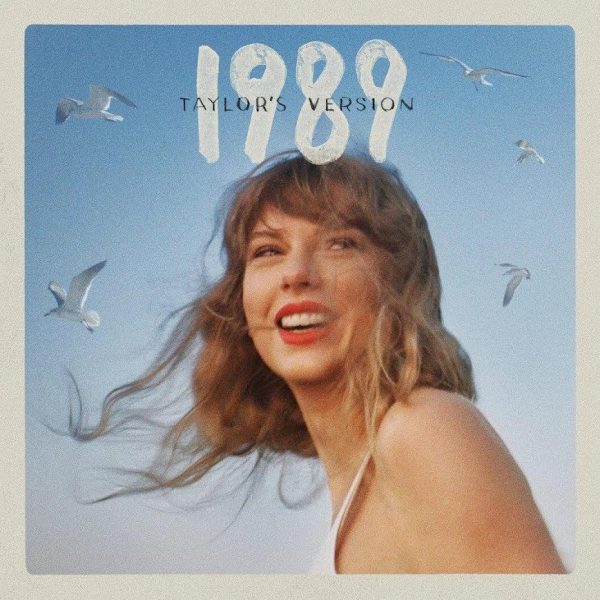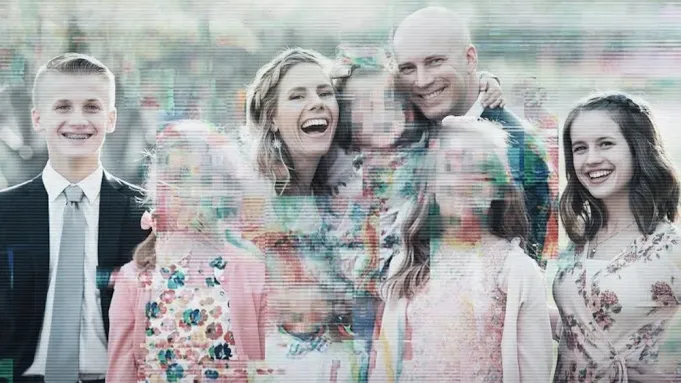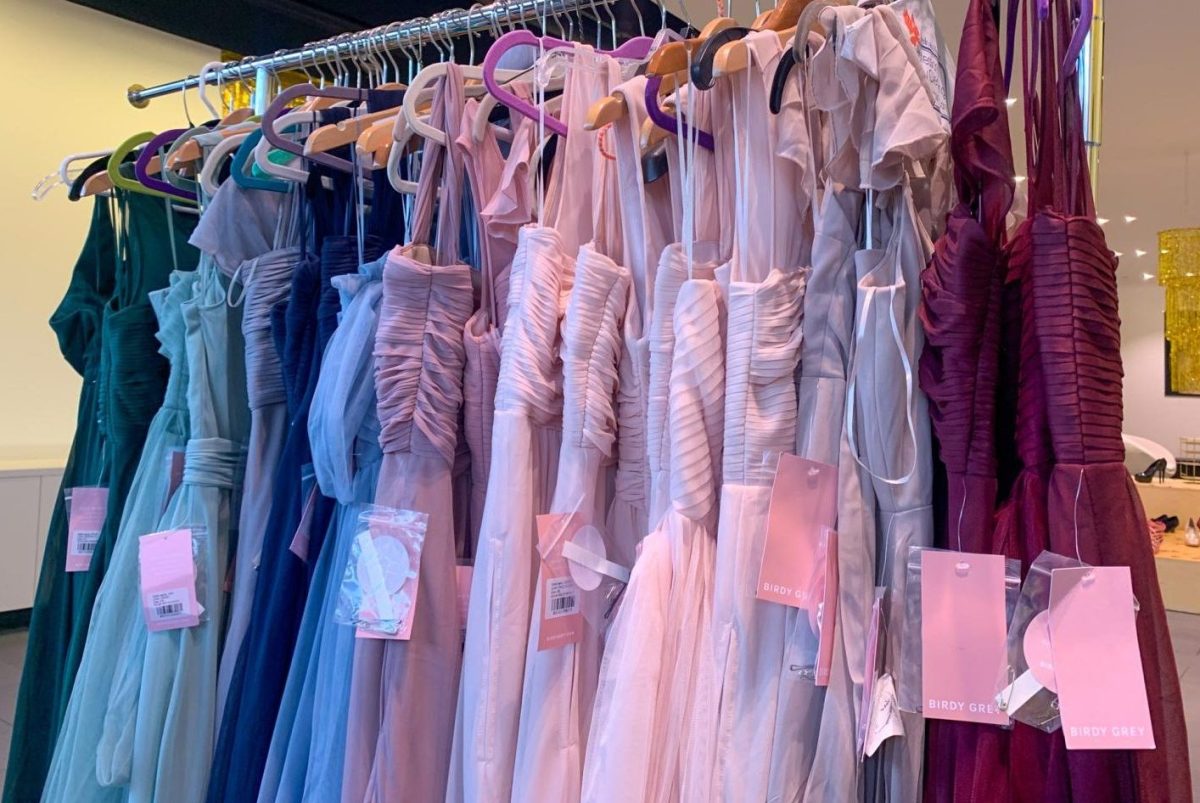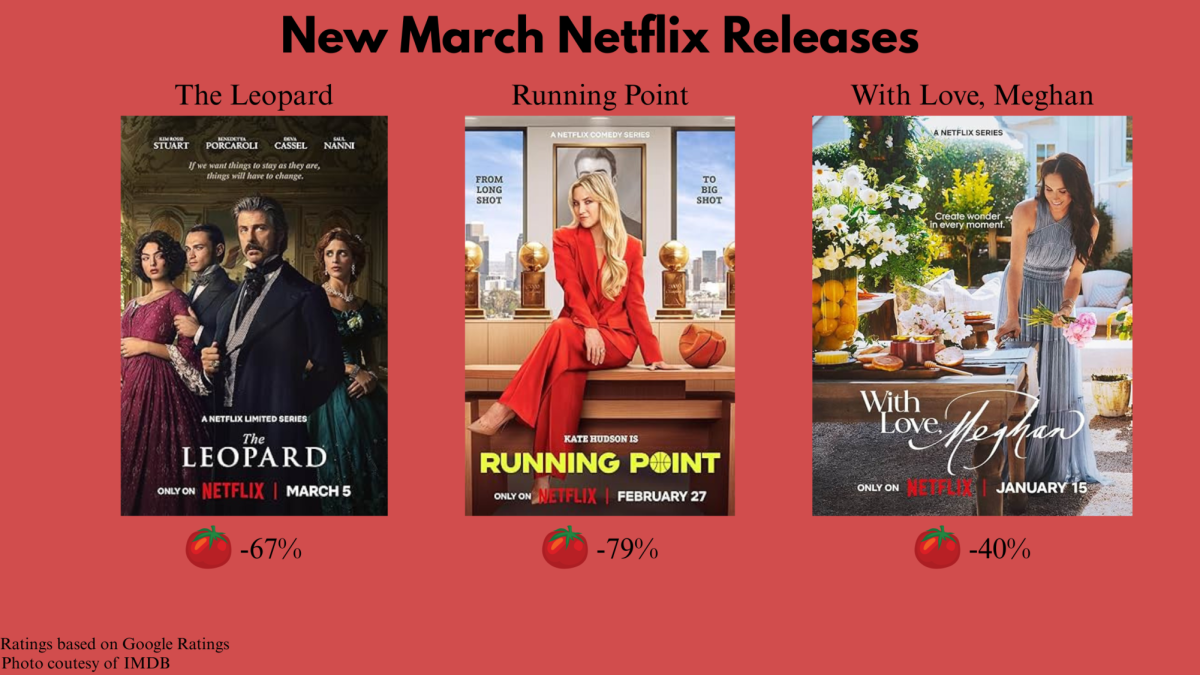On October 27th, Taylor Swift released her highly anticipated and long awaited album “1989 (Taylor’s Version).” Despite the excitement, the re-recorded album falls short of the timeless work Swift has produced in the past.

In June 2019, Taylor Swift disputed with her previous record label, Big Machine Records over the ownership of her first six studio albums. Immediately after losing ownership, Swift began re-recording her albums and released “Fearless (Taylor’s Version)” in April 2021. By re-recording her music, Swift gains back ownership of her songs. Similar to previous re-recordings of Swift’s stolen music (“Red,” “Fearless” and “Speak Now”), there are noticeable differences in the visuals, production, and the sound of her voice in the “1989 (Taylor’s Version)” release.
A noteworthy difference is the added “vault” tracks. These tracks were written during the time period of the corresponding album but were never published. The vault tracks included in “1989 (Taylor’s Version)” are exceedingly popular. One song in particular, “Now That We Don’t Talk” has a total of 50 million streams on Spotify alone and has gained traction on several social media platforms.
The original “1989” captures Swift’s complete transition into the pop genre and the end of her adolescence. The “1989” album cover displays an upper body shot of Swift with a half-visible face, and red lips barely parted. The other 65 photos contained within the physical copies of the album show private solo shots of Swift in her first apartment with handwritten lyrics at the bottom.

In contrast, “1989 (Taylor’s Version)” album visuals tear down the New York City skyline and greet us with the blue skies of a sun-kissed beach. The album cover features a smiling portrait of Swift as seagulls scatter the sky behind her. Like a bird, Swift has flown free; this is her new beginning, an essential step to her freedom. Everything Swift does in the visuals for this album is beautifully crafted.
Nevertheless, the music in “1989 (Taylor’s Version)” is subpar. This stripped-down version is a shortcoming compared to the iconic 2014 album. The complex audio layering and attitude prominent in the original album are lost, leaving it overproduced and heavily filtered.
While the differences do make the album less exposed, they make the album technically better. While Swift’s voice is rigorously trained, Auto-Tune is also being used, which helps to create a crisp and smooth-sounding voice. From a corporate point of view, that’s exactly what producers should be looking for. However, her utilization of Auto-Tune takes away from the emotional aspect of the album. Music is an art form that needs to be raw and uncut, something that a listener can relate and connect their own experiences to. Overproduction modifies and takes that away completely.
Producing changes do not completely define an album though, the singer does. In this case, the confidence Swift has while singing changes the entire sound and feeling, but not for the better. Swift’s voice consistently lacks passion, so while it is a commercial success, the many dissimilarities split the two recordings apart. Although “1989 (Taylor’s Version)” is a best seller, it misses the necessary depth of a timeless album.








